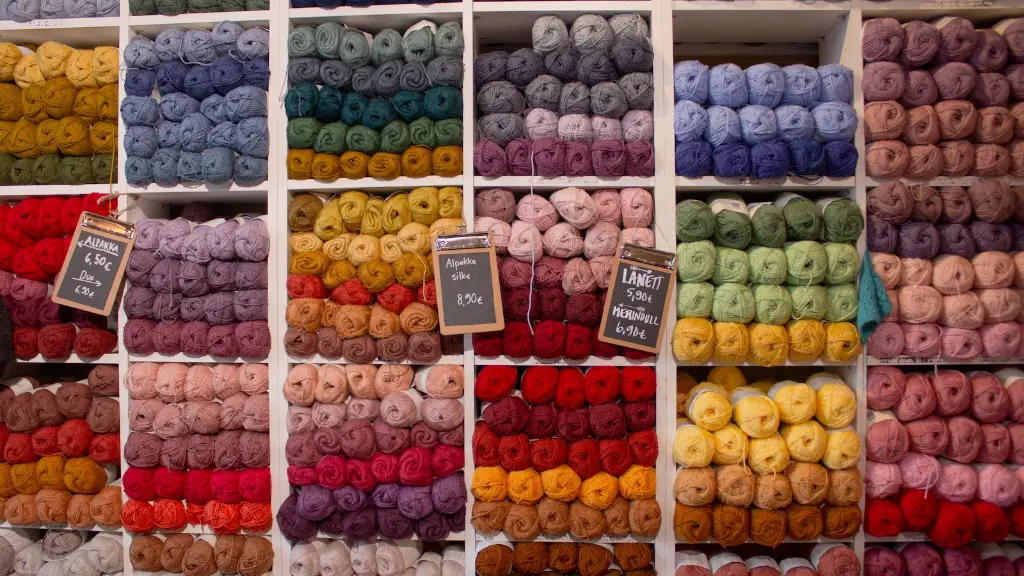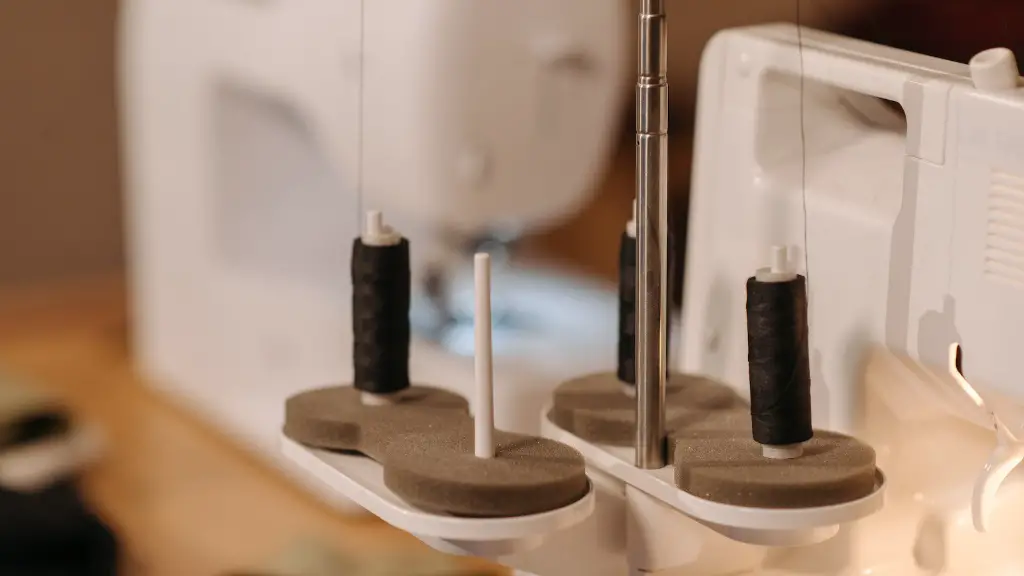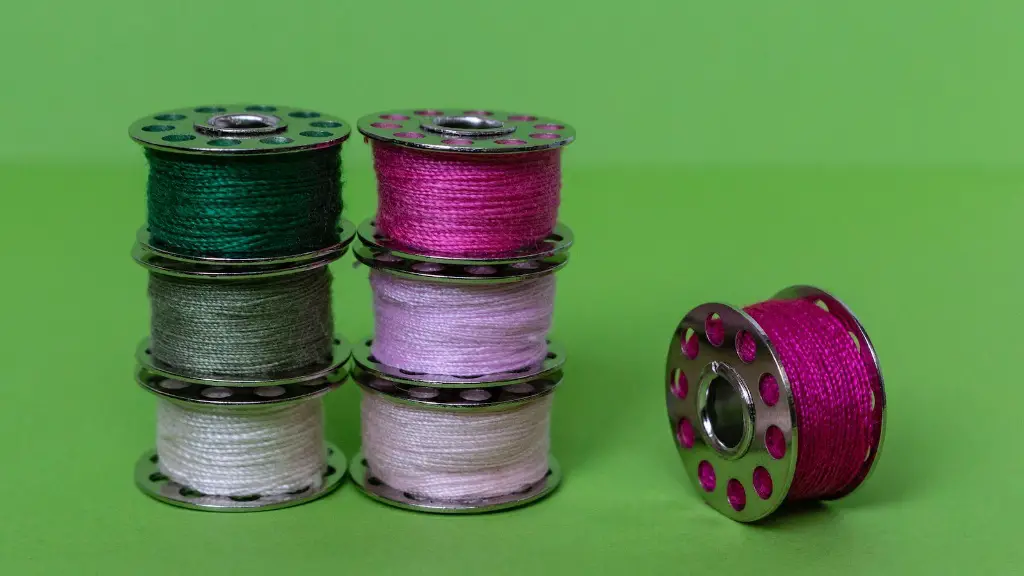Background Information
Sewing machines are a tool people use to stitch materials together. These machines were invented during the Industrial Revolution of the late 1700s and are used to make clothing and other products. They are available in several varieties, from the standard domestic machines to the high-tech industrial machines. Although the general concept of a sewing machine has not changed much since its introduction, the technology used within them has evolved greatly.
Basic Principles
At its most basic, a sewing machine is a mechanism that passes through material and applies stitches to it. This is done by using a needle that moves up and down with the help of a motor. The needle has a point at the end, which penetrates through the top layer of the material and draws in a length of thread from the bobbin below. Once it reaches the underside of the material, the needle then penetrates back through to the upper layer, causing the thread to loop round and form the stitch.
Types of Sewing Machines
Each type of sewing machine works using these same basic principles. The largest variations are found in the systems used to move the needle, which can be either an electric motor, a hand-crank, or a foot-powered treadle. Other variations include the number of stitches and decorative elements available, and the types of accessories that come with the machine.
Electric Sewing Machines
By far the most popular type of machine is the electric model. An electric sewing machine operates with the help of a motor and a variety of complex internal mechanisms that enable the needle to move up and down, and the thread to be drawn in and looped round through the fabric. The electric machines come with a variety of stitch designs and decorative elements, which give them greater flexibility and allow them to complete more complicated sewing projects.
Computerised Sewing Machines
The top of the range sewing machines are the computerised models. These machines use an embedded computer system to control the function and settings of the machine. The computer can be used to select different stitches from a menu and alter the settings for tension, stitch length and other variables. Some models even come with built-in designs and appliqués that can be stitched onto the fabric.
Benefits of Sewing Machines
One of the main advantages of using a sewing machine is that it allows for more precise and consistent stitches, which is important for many sewing projects. Using a machine can also help you to save time, as it performs the task of stitching much faster than a person could do it by hand. In addition to this, electric and computerised machines are easy to use and offer users a great degree of control, allowing them to adjust stitch length, tension and other features.
Safety Tips
When using a sewing machine, it is important to exercise caution. Even a basic electric machine can be dangerous if mishandled, as the moving parts can cause injury if they come into contact with skin or clothing. It is important to read the user manual before operating the machine and to exercise caution when handling the device.
Maintenance and Care
Sewing machines require regular maintenance and cleaning to ensure that they continue to work efficiently. This includes cleaning the lint trap, oiling the moving parts, replacing any worn out parts, and checking the electrical connections. Regular maintenance of the machine will help to keep it in good working order and extend its lifespan.
The Art of Sewing
Once a person has mastered the basics of sewing, they may find themselves exploring the art of sewing. This involves creating projects by combining fabrics and techniques in innovative ways. Many times, people also start to experiment with patterns and design, creating unique and beautiful garments for themselves and others.
Finding Fabric
For sewing projects, the fabric is half the battle. Choosing the right type of material can help to ensure that the project comes out looking the way you want it to. There are many different types of fabrics available, from traditional cottons and linens to more exotic materials like silk and leather. For many projects, it is best to choose a material that is appropriate for the purpose, as well as one that suits the individual’s style.
Designing Patterns
Designing patterns is an essential part of sewing projects. Whether you are creating your own designs or altering existing patterns, it is important to understand the fundamentals of pattern design. Understanding the basics, such as choosing the correct size, cutting the fabric correctly, and matching the pattern pieces, can help to ensure that your project turns out the way you want it to.
Altering Patterns
Sometimes it can be useful to alter existing patterns to suit a particular purpose. This can involve changing the size or length of the garment, adding extra details such as pockets or cuffs, or simply tweaking the pattern to create an individual look. Whatever the purpose, it is important to ensure that the alteration is done correctly and that the end result looks professional.



